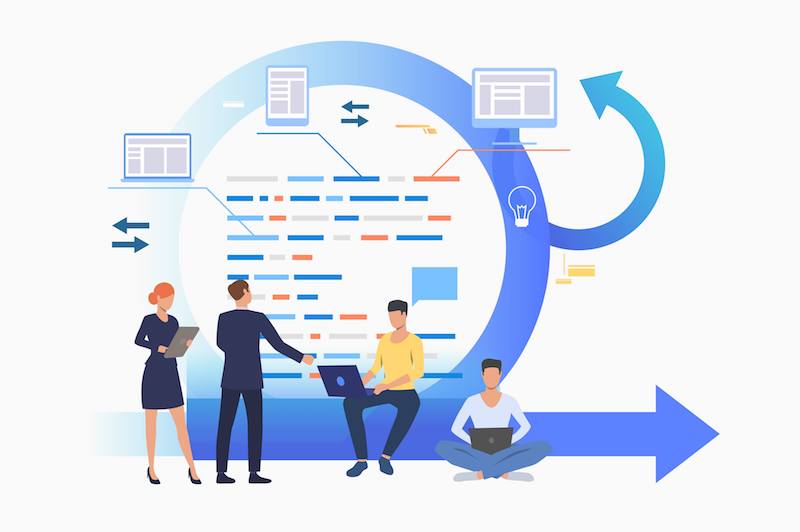
 How to Do Software Testing in Scrum?
How to Do Software Testing in Scrum?
The software world is one that is constantly shifting, progressing, and expanding, which is why developers are always looking for more effective and robust ways of carrying out testing. While in the past, the Waterfall approach was the preferred model to follow, testing is only done after a project has been completed that way.
The testers are normally employees and not customers. However, as the customers or end-users are the people whose opinion matters most, it is better to have them involved in the creative process earlier on.
That is why so many software development teams are switching to using the Agile approach with Scrum methodology. With this approach, testing is carried out at regular stages throughout the development of software. In the following post, we have put together a guide that outlines the basics of what is involved in testing in Scrum.
How Does Software Testing in Scrum Work?
Unlike software development using the Waterfall approach, there generally no team members that are specifically designated as software testers. Instead, all team members can test software at any stage in the process. As we have already discussed, testing is carried out regularly as the smallest features are getting released to testing or staging environments. This is helpful because it means that bugs can be caught early and dealt with to reduce their impact on the progress of the overall project.
At the same time, to efficiently do quality assurance, you are required to understand how Scrum works and employ an agile mindset. If you happen to be in the Asia Pacific, starting with a Certified ScrumMaster training in Australia is a great way to kickstart your agile journey. Alternatively, you can check the Scrum Alliance website for courses available all around the world.
When is Testing Carried Out in Scrum?
Although it will obviously depend on how involved or complex the software you are working on is, the actual Agile Scrum testing methodology is relatively simple. Testing is included at each stage during every sprint, as outlined below.
- During Sprint Planning
During the sprint planning, testing involves the review of user stories in the sprint backlog and preparation of the test of the final product in line with the end-user or customer’s requirements. The main role of the team member carrying out the testing at this stage is to become familiar with the goals of the spring and ensure they can be achieved.
- During Sprints
During sprints, those acting as testers are there to offer support to the team. Any member can carry this out and test individual units of each task. Testers also take part in the daily Scrums providing reports regarding the testing process so that all involved are aware of the progress being made. Testers also have responsibility for the development of automation scripts in each sprint.
- After Sprints
After each sprint has been completed, this is when the main part of testing is completed. The completed product, or what has been completed at that stage, is tested. User acceptance is generally used as the most important criterion when software testing is carried out in Scrum. Therefore, it is important that the finished product, at every stage of the development process, meets the needs of the customer or end-user.
Following the testing and review meeting with the customer, a Sprint Retrospective Meeting is held. This is crucial as it is essentially an evaluation of what has been achieved during the sprint. The customer, along with the development team, can discuss what is good or bad about the software at that stage and the possible improvements that could be made to make it better and meet the requirements.
Advantages and Benefits of Scrum Software Testing
Hopefully, you have a better understanding of what is involved in software testing through Scrum. If you need any further convincing of its effectiveness, consider the following benefits and advantages.
- Testing in Scrum can help determine the software’s quality, at regular stages during its development, which can help ensure it best meets the needs of the customer and end-users
- It is effective for individual unit testing
- It is the best option when you are involved in the development and creation of complex and sophisticated software
